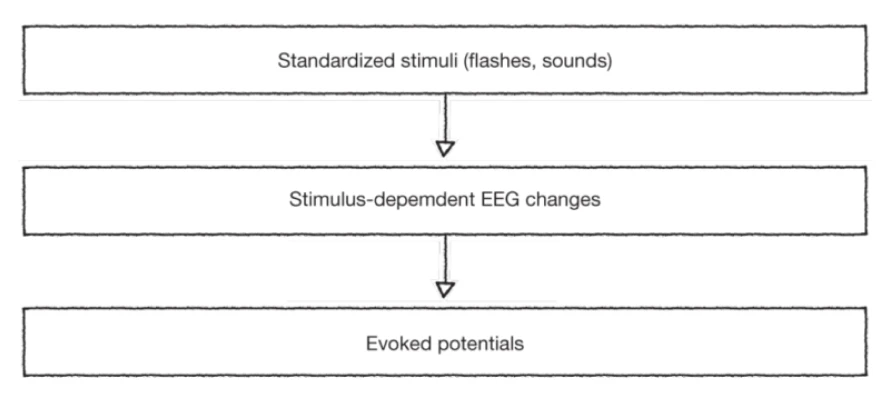Diagnosis
Electroencephalography (EEG)
An EEG may help in diagnosing mild HE and in excluding occult seizure activity in comatose patients.1 HE may be associated with a decrease in brain wave frequency and amplitude.
Neurophysiologically minimal HE is characterised by abnormalities in EEG and endogenous EPs (evoked potentials = electrical responses that arise in relation to a passive or active cognitive task). EEG is used to document and quantify the severity of HE:
- First, decrease in frequency
- Later, decrease in amplitude of EEG waves
- In stage III HE, typical triphasic potentials.

Disadvantages
Variable sensitivity for the diagnosis of HE.
1. Amodio P, Gatta A. Neurophysiological investigation of hepatic encephalopathy. Metab Brain Dis. 2005;20(4):369-79.